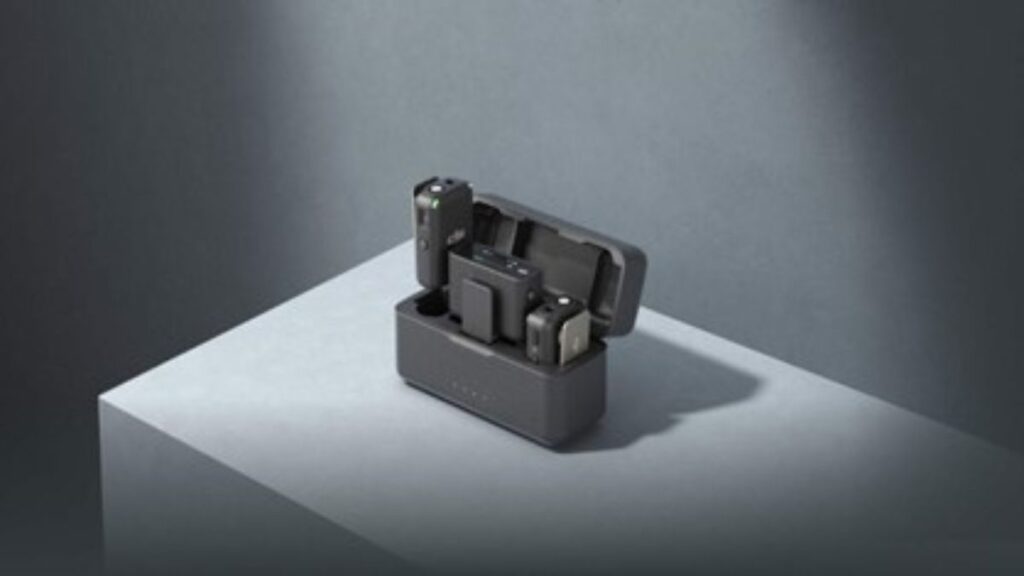The art of content creation has shifted dramatically in recent years. What once required full production crews and large budgets can now be achieved by solo creators, small businesses, and even hobbyists. The secret isn’t just creativity; it lies in using the right gear to maximize audio and visual quality. Among the most effective tools today are the wireless lapel microphone, the wireless mic, and the gimbal.
Each plays a unique role: microphones capture the story with clarity while gimbals deliver the cinematic polish audiences expect. Together, they provide a professional edge that can set your content apart in a crowded digital space.
Why Does Audio Quality Set the Tone?
A good video isn’t just about visuals. Studies show that audiences are more forgiving of average video quality than poor audio. If viewers struggle to hear you, they will quickly disengage. This is where wireless microphones enter the scene.
Before diving into the differences between a wireless lapel microphone and a wireless mic, it helps to understand why they are so vital:
- They reduce background noise and emphasize the speaker’s voice.
- Wireless systems remove cable clutter, giving creators more freedom.
- They enable consistent sound quality across different environments.
Smooth visuals may catch the eye, but clear audio keeps the audience listening.
The Power of a Wireless Lapel Microphone
A wireless lapel microphone is often the unsung hero of video production. Small enough to clip discreetly onto a shirt or jacket, it captures speech directly from the source. The result is natural, consistent, and professional-grade sound.
Transitioning to real-world uses, lapel mics are ideal for:
- Interviews and documentaries where visibility of equipment would distract.
- Presentations and lectures where the speaker needs mobility.
- Vlogs and tutorials where the creator’s hands must stay free.
Unlike handheld options, the wireless lapel microphone does not intrude on the frame. Its subtle presence allows the viewer to focus entirely on the speaker’s words, creating a more immersive experience.
Expanding Options with a Wireless Mic
While lapels work best for subtle setups, a wireless mic offers broader flexibility. This term covers handheld transmitters, shotgun microphones, and clip-on systems—all designed to free creators from the limitations of wired connections.
Why choose a wireless mic? Here are a few key reasons:
- Mobility: Move naturally through environments without worrying about cable length.
- Versatility: Choose a form factor that suits the project—handheld for interviews, shotgun for directional audio, or clip-on for vlogging.
- Professional presence: A handheld wireless mic provides a visual element of authority during events or on-stage performances.
For creators producing diverse content, a wireless mic system ensures you’re prepared for multiple scenarios without swapping gear.
How a Gimbal Redefines Visual Storytelling
If microphones shape the audio landscape, the gimbal transforms the visual one. Shaky handheld footage immediately signals amateur production, while stabilized shots elevate even simple content.
So, what exactly does a gimbal do? It uses motors and sensors to balance your camera across multiple axes, neutralizing unsteady movements. This allows for:
- Smooth walking shots that feel cinematic.
- Dynamic pans and tilts without visible jitter.
- Creative modes like timelapse, hyperlapse, and subject tracking.
For vloggers, real estate creators, travel filmmakers, and even small businesses producing marketing videos, a gimbal ensures footage looks polished without the need for expensive rigs.
Transitioning to the Perfect Combination
Audio alone cannot carry a video, and visuals without sound rarely hold attention. The real magic happens when a wireless lapel microphone, a wireless mic, and a gimbal are combined.
Think of it as a three-part system:
- The wireless lapel microphone delivers crisp, close-range voice capture.
- The wireless mic expands options for interviews, panels, or performances.
- The gimbal guarantees steady visuals that reflect professional standards.
Together, they allow creators to focus on the story rather than the technical hurdles.
Real-World Scenarios Where These Tools Shine
To truly appreciate their impact, let’s look at how each of these tools enhances content across different niches.
1. Vlogging
- Wireless lapel microphone keeps speech clear while walking through crowded streets.
- Gimbal stabilizes the handheld shots, creating smooth cinematic footage.
- Wireless mic can be used for spontaneous street interviews or capturing ambient sound.
2. Online Courses and Tutorials
- Lapel microphones keep educators free to write, demonstrate, or move around.
- Wireless mics provide backup options for group discussions or Q&A sessions.
- Gimbals ensure a steady recording even when demonstrating tasks from different angles.
3. Events and Performances
- Wireless lapel microphones allow hosts or presenters to engage the audience while moving.
- Handheld wireless mics are ideal for panelists or performers.
- A gimbal captures sweeping crowd shots, enhancing the energy of the event.
4. Travel and Adventure Filmmaking
- Wireless lapel microphones ensure narration remains clear against outdoor noise.
- Wireless mics capture ambient sounds like waves, city life, or wildlife.
- Gimbals bring cinematic flair to motion-heavy scenes like hiking trails or bustling markets.
The Shift Toward Portable Professionalism
What makes these tools so revolutionary is accessibility. Just a decade ago, stabilized footage and high-quality wireless audio were largely limited to professional studios. Today, they fit into backpacks and can be used by solo creators.
This shift means that small businesses, educators, or independent filmmakers can produce content that feels professional without requiring massive crews or budgets. The wireless lapel microphone, wireless mic, and gimbal are not luxury add-ons but foundational tools in this new era of portable professionalism.
Final Thoughts
Content creation is no longer defined by who has the biggest team or most expensive studio. It is defined by who can tell a compelling story with clarity and style. A wireless lapel microphone ensures your voice is always heard, a wireless mic adapts to the demands of different recording scenarios, and a gimbal transforms shaky handheld clips into cinematic visuals.
Together, they empower creators to focus less on technical distractions and more on connecting with their audience. The blend of crisp audio and fluid video is what elevates everyday projects into content that feels polished, professional, and unforgettable.


